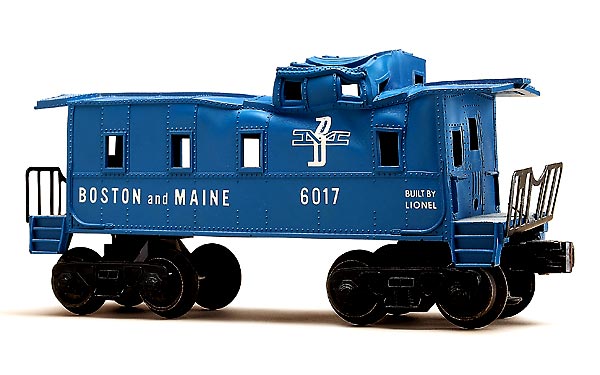
If you live in a house, condominium, mobile home, or anywhere else, including a rental property, you have – or should have – homeowner’s insurance. Further, you may assume that your policy covers your collectible toy trains.But homeowner’s insurance wasn’t developed to cover losses pertaining to collectibles. Too often, policyholders learn the hard way that […]
Read More…
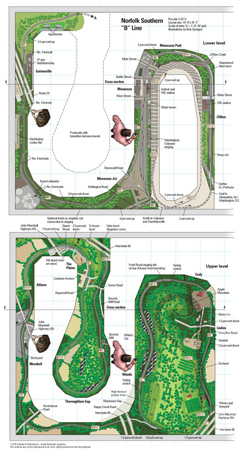
Name: B-Line Layout designer: Robert Sprague Scale: N (1:160) Size: 16 x 16 feet Prototype: Norfolk Southern Locale: Manassas, Va., to Front Royal, Va. Era: 1988 to present Style: modified walkaround, double deck Mainline run: 170 feet Minimum radius: 18″ Minimum turnout: no. 6 Maximum grade: 4 percent Originally appeared in the August 2010 issue […]
Read More…
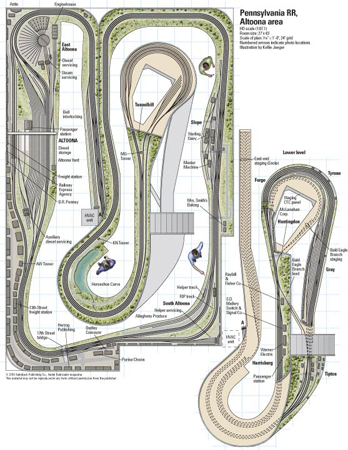
Name: Pennsylvania RR Layout designer: Larry Reynolds Scale: HO (1:87.1) Size: 27 x 43 feet Prototype: Pennsylvania RR Locale: From Huntingdon, Pa.,to Tunnelhill, Pa. Era: Early 1950s Style: Linear walkaround Mainline run: 320 feet Minimum radius: 38″ (main) Minimum turnout: no. 8 (main), no. 6 (yards) Maximum grade: 1.5 percent Originally appeared in the August […]
Read More…

Download the PDF of this project here. This PDF is formatted to print on your home printer. Most pieces are formatted to fit on a 8.5″ x 11″ piece of paper. For larger parts of the plan, you will see “break lines.” Line up the break lines to create the larger piece. Despite our best […]
Read More…
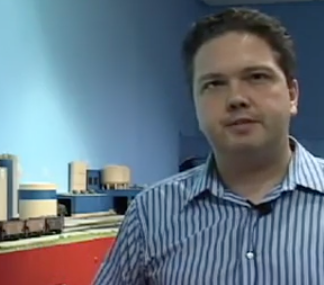
The Bachmann Spectrum HO scale class H-4 2-6-6-2 features a SoundTraxx Tsunami Digital Command Control (DCC) sound decoder. Watch this steam locomotive run on our model railroad, and listen to a demonstration of some of its sound effects. […]
Read More…
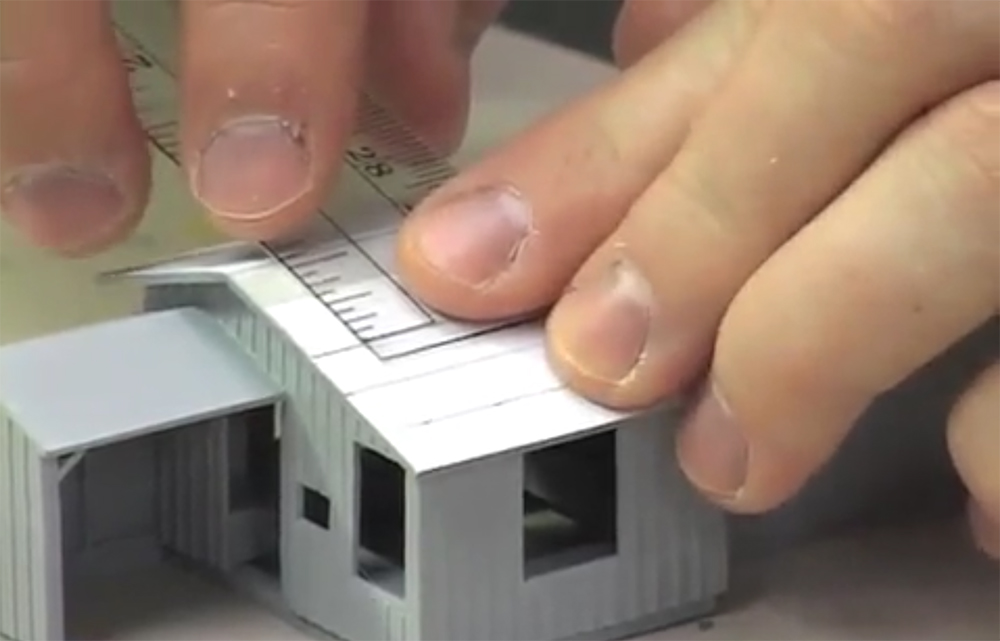
Having trouble viewing this video? Please visit our Video FAQ page Model Railroader associate editor Cody Grivno shows how to model a roof with paper. […]
Read More…

Having trouble viewing this video? Please visit our Video FAQ page Model Railroader associate editor Cody Grivno shows how to model a roof with paper. […]
Read More…
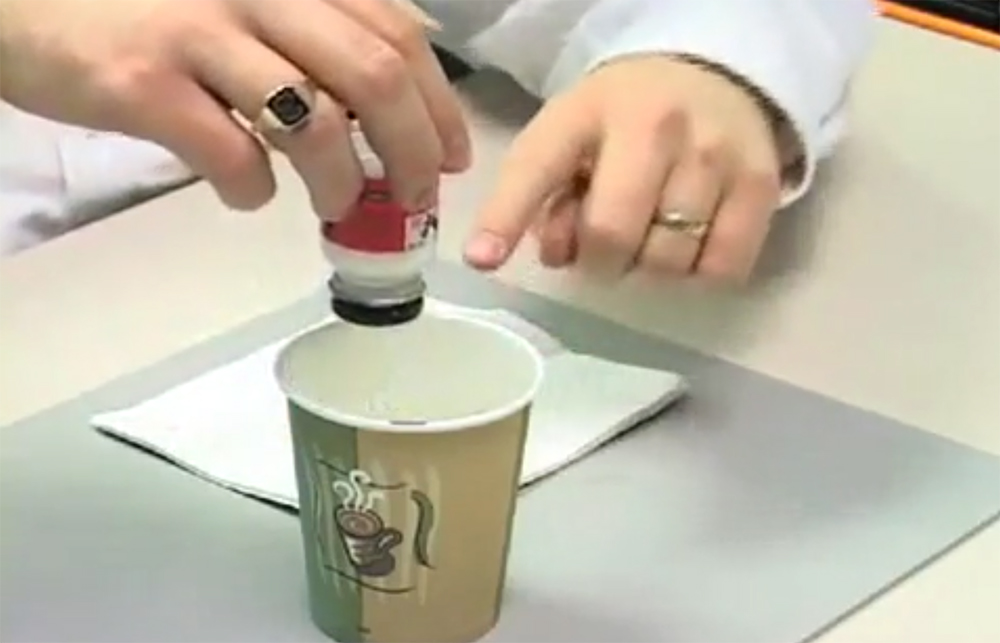
Having trouble viewing this video? Please visit our Video FAQ page Model Railroader associate editor Cody Grivno shows how to unstick paint jar caps. […]
Read More…

Having trouble viewing this video? Please visit our Video FAQ page Model Railroader associate editor Cody Grivno shows how to unstick paint jar caps. […]
Read More…

Having trouble viewing this video? Please visit our Video FAQ page Model Railroader associate editor Cody Grivno shows how to use sand for gravel driveways. […]
Read More…

Having trouble viewing this video? Please visit our Video FAQ page Model Railroader associate editor Cody Grivno shows how to use sand for gravel driveways. […]
Read More…
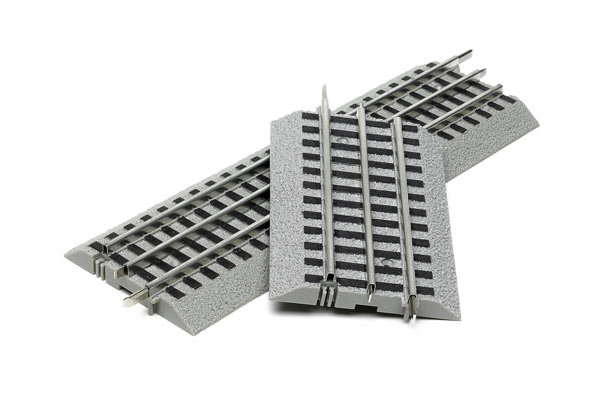
The data found in this table, compiled by CTT reader Steven Bergerson, is a useful layout design tool in creating unique track plans. It was first published in the October 2009 issue, in the Tips, Tools, & Techniques column. FasTrack Formulas […]
Read More…









